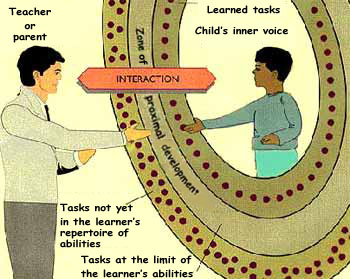Hello everybody.. Well, we're now in Week 4.. I hope u guys are in a good shape.. =)
In this post, I'll summarize what I've learnt in class. It was about Science Process Skills (SPS). Science process skills enable students to formulate their questions and find out the answers systematically.
SPS has 12 items and it can be divided into 2 parts, which are Basic SPS and Integrated SPS. However, lets have a look each of them in general.
Observing
Using the sense of hearing, touch, smell, taste and sight to collect information about an object or a phenomenon.
Classifying
Using observations to group objects or events according to similarities or differences. In science, classification must be mutually exclusive.
Measuring and Using Numbers
Making quantitative observations using numbers and tools with standardised units. Measuring makes observation more accurate.
Inferring
Using past experiences or previously collected data to draw conclusions and make explanations of events.
Predicting
Stating the outcome of a future event based on prior knowledge gained through experiences or collected data. Thus, predicting is not the same as guessing.
Communicating
Using words or graphic symbols such as tables, graphs, figures or models to describe an action, object or event.
Using Space-Time Relationship
Describing changes in parameter with time. Examples of parameters are location, direction, shape, size, volume, weight and mass.
Defining Operationally
Defining all variables as they are used in the experiment by describing what must be done and what should be observed.
Controlling Variables
Identifying the fixed variable, manipulated variable, and responding variable in an investigation. The manipulated variable is changed to observe its relationship with the responding variable. At the same time, the fixed variable is kept constant.
Hypothesizing
Making a general statement about the relationship between a manipulated variable and a responding variable in order to explain an event or observation. This statement can be tested to determine its validity.
Experimenting
Planning and conducting activities to test a certain hypothesis. These activities include collecting, analyzing and interpreting data and making conclusions.





















